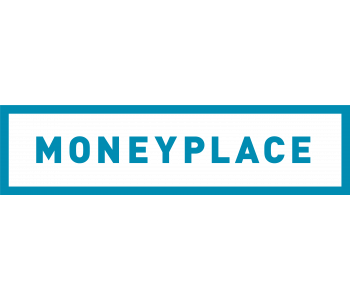Running a business is a seriously time-consuming activity, and can often leave you wondering how you’re going to tick off all the items on your to-do list.
If you’re short on time as it is, you probably can’t afford to go through all the intricacies of the latest Federal Budget for 2022-2023 to find out how it will have an effect on your business. To save you time, we’ve done all the legwork for you to uncover the major items that you should be aware of as a business owner.
5 key elements of this year’s Budget for businesses
Treasurer Josh Frydenberg delivered the 2022-23 Budget on 29 March this year. Within the Budget’s announcements, these were the main takeaways that related to business.
1. Revisions to PAYG
In the current PAYG model, businesses are subject to a 10% uplift rate. That is, an additional 10% on top of the expected tax liability based on the previous year’s tax. However, this will be revised to just 2% in the new financial year, providing businesses with some extra cash on hand.
2. Excise on fuel halved
Whether your business uses fuel to run equipment and machinery, for travel between jobs or both, you’ll see lower running costs due to the announcement that fuel excise will be halved from 44.2 cents per litre to 22.1 centre per litre over a six-month period, ending on 28 September.
3. Support for apprenticeships extension
Both the Boosting Apprenticeship Commitments (BAC) and Completing Apprenticeship Commencements (CAC) programs have been extended until 30 June 2022 (this was to end on 31 March) for all new apprentices hired in this time. These programs offer substantial wage subsidies for employers who hire new apprentices.
From 1 July, there will be a new scheme called the Australian Apprenticeships Incentive System, which also offers subsidies to apprentices’ wages - though at a rather substantially reduced rate (15% for first-years instead of 50%).
4. Digital skills investment
Businesses with an annual turnover of less than $50 million are eligible to claim an additional 20% of depreciating assets and expenses (up to $100,000/year) around going digital such as cloud-based subscriptions, cyber security setups and portable payment devices.
5. Temporary full expensing
If you’ve been considering investing in some equipment or a new commercial vehicle to support the growth of your business, it’s a great time to do just that provided you’re eligible for temporary full expensing.
This scheme allows businesses with an annual turnover of under $5 billion to immediately write off the value of a work-related asset that has been purchased.
An important note here is that there are guidelines to this scheme, so be sure to speak with your accountant about it.
Keen to expand your business? Speak with Stratton Finance
Want to increase your workforce? Get some additional equipment and/or machinery? Add some vehicles to your fleet? Whatever you need to grow your business, the team at Stratton Finance is here to help.
We have a huge amount of experience working with businesses to secure the best commercial financing deals, and can do exactly the same for you. Use our commercial finance quote tool to find out how low your payments could look like.
Ready to finance? You can do so online in under 5 minutes! If you’d prefer, we’ll take you through the application process over the phone and help you understand how it all works. Call us on 1300 787 288 to get the ball rolling today.
You can also reach out to us using our online enquiry form and we’ll make sure to respond ASAP.























Previous
8 top tax time tips in 2023
Next
How your construction business will benefit from the 2022-23 Federal Budget